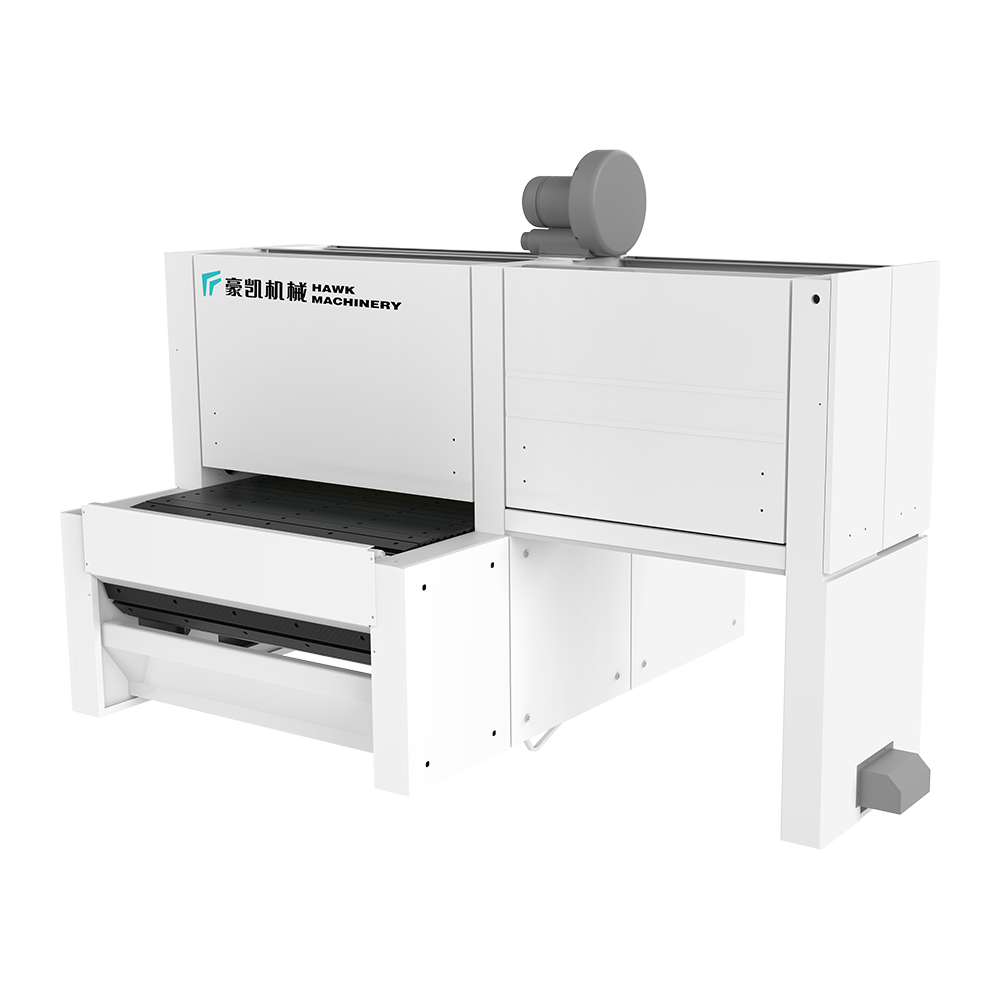Floor slotting line (double end tenoner)
The product can slot the floor vertically and horizontally. The machine series c...
See DetailsIn high-speed floor and panel manufacturing, material handling is just as important as cutting accuracy. A Multi Rip Saw Machine can only deliver consistent results if the boards are fed smoothly and uniformly through the saw line, and that’s where roller drive systems play a pivotal role. Compared to traditional chain or belt drives, upper and lower roller drives offer a superior combination of grip, control, and material protection—key advantages in today’s diverse flooring production environments.
Roller drives apply uniform pressure from both the top and bottom of the board, reducing vibration and minimizing the risk of slippage. This controlled feeding mechanism ensures that materials like SPC, WPC, and laminated wood stay aligned with the blade path even at speeds up to 32 meters per minute. Uneven pressure from older systems can lead to dimensional inaccuracies or increased wear on the blade, both of which affect the long-term reliability of the machine. With a dual-roller configuration, manufacturers can achieve tighter tolerances and higher repeatability across production runs.
A common challenge in flooring production is material variability—not all boards are perfectly flat, and slight warping or edge bowing can throw off traditional feed systems. The roller drive system in a modern Multi Rip Saw adapts better to these imperfections by continuously stabilizing the board throughout the feed cycle. This is particularly useful when working with engineered materials like multi-layer solid wood, where the internal structure may be more prone to flexing under pressure. The result is a cleaner, straighter cut and less post-processing required down the line.

Another benefit often overlooked is wear distribution. In belt or chain-driven systems, drive stress is focused on narrow contact areas, leading to localized wear that can reduce the machine’s overall life span. Roller systems distribute force more evenly and are typically easier to maintain or replace. This contributes to lower operating costs over time and helps keep the machine running at optimal performance levels—something every factory manager appreciates in a competitive market.
From a design and engineering perspective, integrating roller drive systems also allows for more compact and structurally stable machine frames. With reduced mechanical backlash and more direct power transmission, energy efficiency improves without sacrificing feed speed. This is one of the reasons we at HAWK continue to optimize our machines with roller-based solutions—it’s not just about following industry trends, but about offering equipment that helps manufacturers get ahead with confidence.
Choosing the right Multi Rip Saw Machine is ultimately about balancing speed, stability, and adaptability. With a roller drive system, you’re not only improving cut quality but also ensuring that your equipment can handle the rigors of diverse flooring production without constant adjustment. It’s an investment in precision, reliability, and smarter production. We build with that in mind, because we know from experience that consistent results start with smart mechanics.